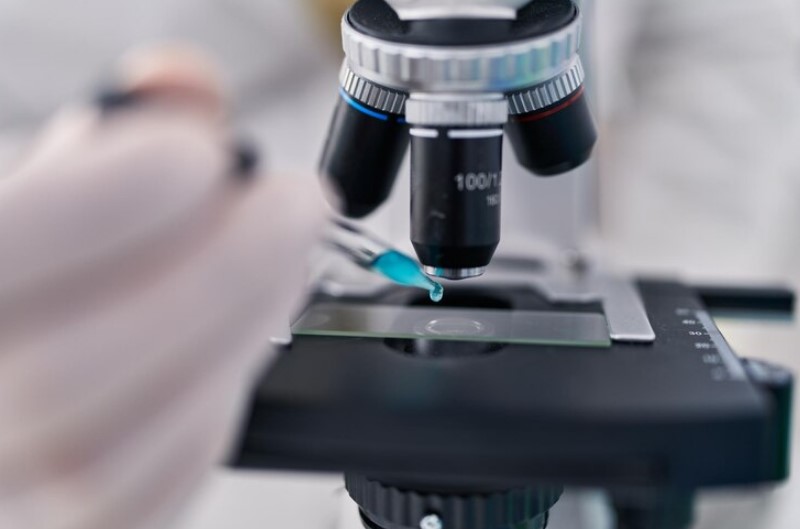The microscope, an indispensable tool in scientific research and education, allows us to peer into the hidden wonders of the microscopic realm. One intriguing aspect of a microscope is the presence of not just one, but three lenses. These lenses— the objective lens, the eyepiece (ocular lens), and the condenser lens—work in tandem to deliver enhanced magnification, resolution, and illumination. While the objective lens and eyepiece are commonly known, the inclusion of a third lens, the condenser, may raise questions. In this context, we will explore why there are three lenses on a microscope and the unique roles they play in unraveling the intricacies of the microscopic world. Understanding the significance of these lenses will shed light on the remarkable capabilities of microscopes and their applications across various scientific disciplines.
Three Types of Lenses on a Microscope
Microscopes typically have three lenses— the objective lens, the eyepiece (ocular lens), and the condenser lens— each serving a distinct purpose in the imaging process. These lenses work together to enhance magnification, resolution, and illumination, allowing us to observe and study microscopic specimens with clarity and precision.
The objective lens, located close to the specimen, is responsible for gathering light and forming the initial magnified image. Microscopes often have multiple objective lenses with varying magnification powers (e.g., 4x, 10x, 40x, 100x) that can be interchanged to achieve different levels of magnification. The objective lens is crucial in determining the resolution and level of detail visible in the specimen.
The eyepiece, or ocular lens, is positioned at the upper end of the microscope and serves as the viewer’s interface with the microscope. It further magnifies the image produced by the objective lens, allowing the observer to visualize the specimen in greater detail. Commonly, eyepieces have a magnification power of 10x, but other magnifications are also available. Binocular microscopes have two eyepieces for more comfortable viewing, providing a three-dimensional perception of the specimen.

The third lens, the condenser lens, is positioned below the stage of the microscope. Its primary function is to collect and focus light onto the specimen. By adjusting the position of the condenser lens and utilizing the diaphragm, which controls the amount of light passing through, the illumination can be optimized. This ensures proper illumination of the specimen, enhancing image contrast and clarity.
The combination of these three lenses in a microscope creates a system that magnifies, illuminates, and resolves microscopic details, allowing researchers, scientists, and students to delve into the hidden intricacies of the microscopic world. The precise alignment and coordination of these lenses contribute to the overall performance and functionality of the microscope, making it an invaluable tool in scientific exploration, medical diagnostics, and various other fields.
Conclusion
In conclusion, the presence of three lenses in a microscope— the objective lens, eyepiece (ocular lens), and condenser lens— serves a crucial purpose in enabling detailed observation and analysis of microscopic specimens. The objective lens captures light and forms the initial magnified image, while the eyepiece further magnifies and allows the viewer to visualize the specimen. The condenser lens, often overlooked, plays a vital role in collecting and focusing light onto the specimen, optimizing illumination and enhancing image clarity.
The integration of these three lenses in a microscope system enhances magnification, resolution, and illumination, empowering scientists, researchers, and students to explore the intricate world of the microscopic realm. Understanding the significance of these lenses provides valuable insights into the capabilities and applications of microscopes across various scientific disciplines, contributing to advancements in fields such as biology, medicine, materials science, and beyond.



